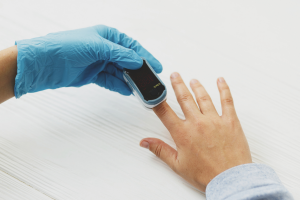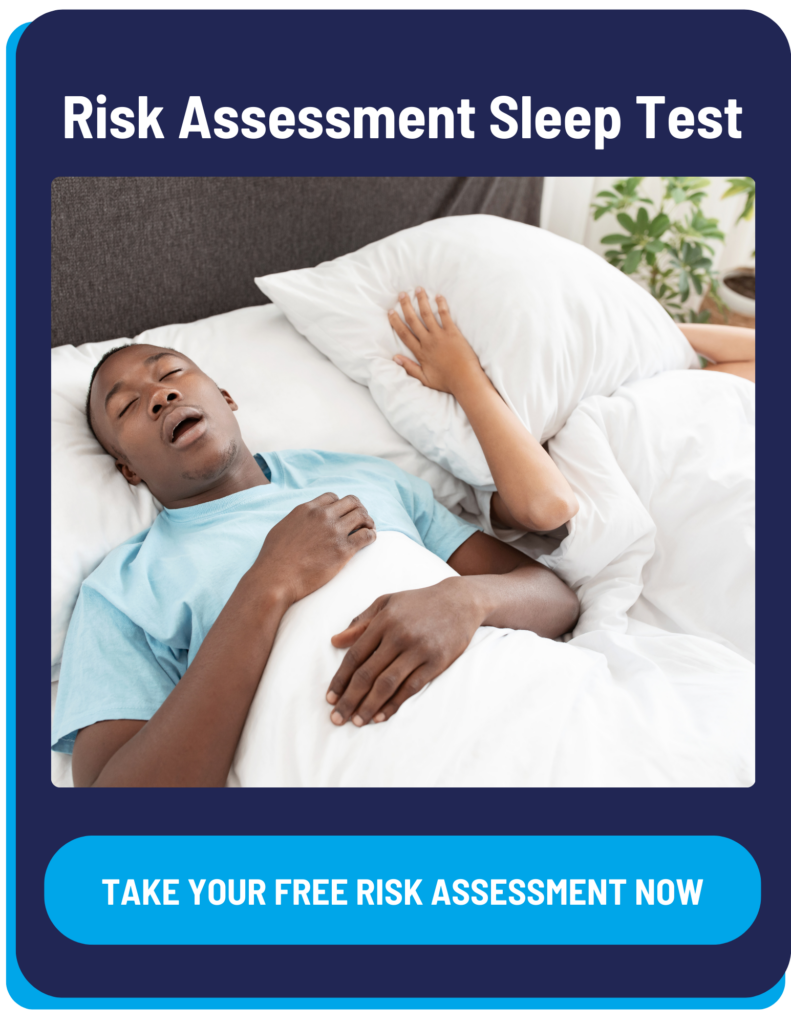
Key Takeaways
- The Oxygen Desaturation Index (ODI) measures the amount of oxygen in a person’s blood, helping to manage a sleep disorder and sleep quality.
- Low blood oxygen levels can lead to headaches, shortness of breath, irregular heartbeat, and other negative symptoms.
- To improve ODI if you have sleep apnea, it’s best to maintain CPAP compliance through the use of a CPAP machine.
The oxygen level in your blood is related to how well you sleep. Sleep apnea patients can see how well their CPAP therapy is working by measuring blood oxygen levels. The oxygen desaturation index is the measurement that helps anyone managing a sleep disorder see the accurate results of good sleep on their health. When you are first analyzed for sleep apnea during a sleep study or when you test to see how your CPAP therapy is performing, your oxygen saturation counts.
What is Oxygen Desaturation Index (ODI)?
The oxygen saturation index measures the amount of oxygen present in your blood. Insufficient oxygen or oxygen desaturation indicates low levels of oxygen in the blood. The ODI is the number of times per hour of sleep that your blood oxygen level drops by a certain degree from baseline.
Drops in blood oxygen levels are called desaturations. Desaturations can occur due to periods of illness, but they are even more likely to occur while you are asleep. Sleep apnea is the most common cause of oxygen desaturation during sleep.
What Worsens Oxygen Desaturation Index?
Your ODI is worsened by consistent abnormalities in your breathing while you sleep. Sleep apnea can cause sudden, brief periods where you stop breathing, sometimes as long as 10 seconds per “apnea”, which affects ODI. A condition called hypopnea or shallow breathing can also reduce blood oxygen levels. Your breathing rate while you sleep can also have an impact on ODI. Sleep studies help measure all of these breathing patterns.
What is the Normal Oxygen Desaturation Index?
A normal oxygen saturation level should be about 96 to 97%. When blood oxygen levels drop below 90% ODI is considered slightly abnormal. When blood oxygen levels dip even lower to 80 or 89%, they are considered moderately abnormal. Any blood oxygen levels below 80% are considered severe. ODI testing measures these drops in blood oxygen levels while you sleep. When patterns of ODI occur throughout a normal period of sleep, a sleep disorder such as sleep apnea is often the cause.
What Are the Health Consequences Caused by a Poor Oxygen Desaturation Index (ODI)?
Poor blood oxygen levels can lead to telltale symptoms and long-term health issues.
Symptoms include:
- Persistent headaches
- Shortness of breath
- Rapid heartbeat
- Coughing and wheezing
- Confusion
- Bluish tint in the skin, fingernails, and lips
These symptoms can help you take action to resolve depleted blood oxygen. However, ignoring these symptoms can lead to serious health concerns including damage to the heart and brain. Without an adequate supply of oxygen in the blood, tissues, and organs begin to fail.
How to Calculate the Oxygen Desaturation Index (ODI)
Your ODI is calculated based on how much and how often your oxygen level drops during ODI testing. The degree of change from baseline can be measured in two different ways.
The criteria used to determine the index may vary depending on the scoring rules used. According to guidelines from the American Academy of Sleep Medicine, any respiratory event during sleep with a 3% drop in blood oxygen levels is counted towards the total. For example, a change from 95% to 92% would be an event that is counted toward the index’s total.
How Does Sleep Apnea Affect My Oxygen Desaturation Index?
Because sleep apnea causes an interruption in consistent breathing, these interruptive episodes also cause sudden drops in blood oxygen levels. Loss of respiration while sleeping reduces the saturation of oxygen in the blood and throughout the body. As these drops occur frequently throughout the night and over many nights, your ODI becomes consistently low.
The more often you experience sleep apnea episodes, the more likely you will score a poor oxygen desaturation index during testing.
How Can You Improve Your Oxygen Desaturation Index (ODI)?
If managing sleep apnea, it’s best to maintain CPAP compliance to improve your ODI. Using your CPAP machine nightly and properly as prescribed by your doctor ensures uninterrupted breathing at night and also helps keep your blood oxygen levels healthy.
Other strategies for improving ODI include maintaining a healthy weight, as obesity can contribute to sleep apnea symptoms and low ODI. Avoiding smoking and alcohol before bedtime can also help with CPAP compliance and ODI scores.
How Do I Get Tested for Sleep Apnea at Home?
The first step to determining sleep apnea as a health problem is to get tested. Here is how it works:
- With the Complete Care Package, schedule a 10-minute telehealth visit with a healthcare provider to discuss your symptoms, upcoming sleep study, test results, and treatment options.
- A multi-night, disposable home sleep apnea test is mailed to your home to be completed at your convenience.
- A physician analyzes the sleep data and provides a prescription if needed.
- Schedule an optional follow-up appointment (additional fee applies).
- We connect you to sleep experts who can offer customized sleep therapy options, assistance in equipment purchase, and initial set-up.
Sleep Care Online is happy to answer any questions you may have. Give our knowledgeable team a call at 866-465-4478.





